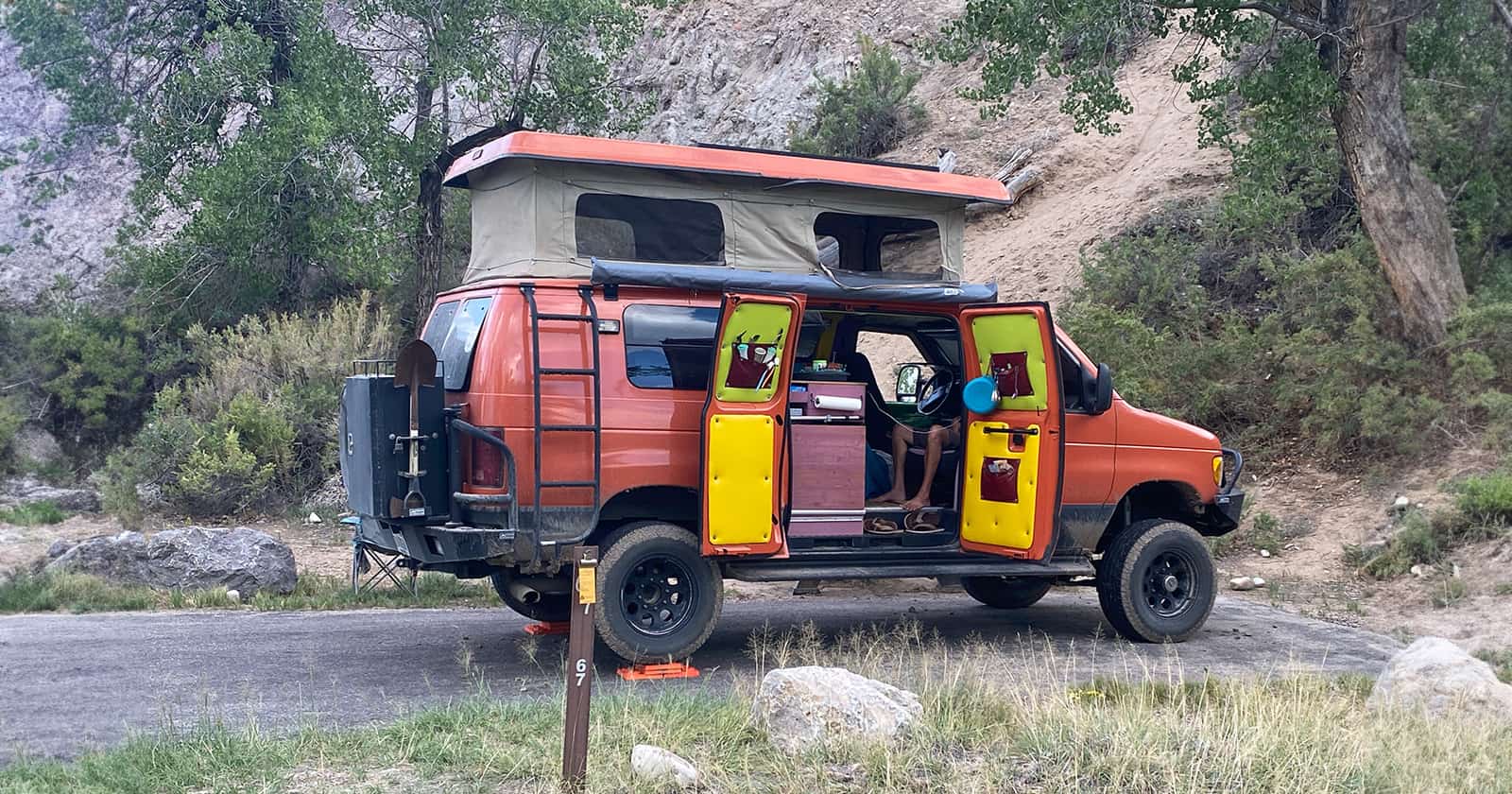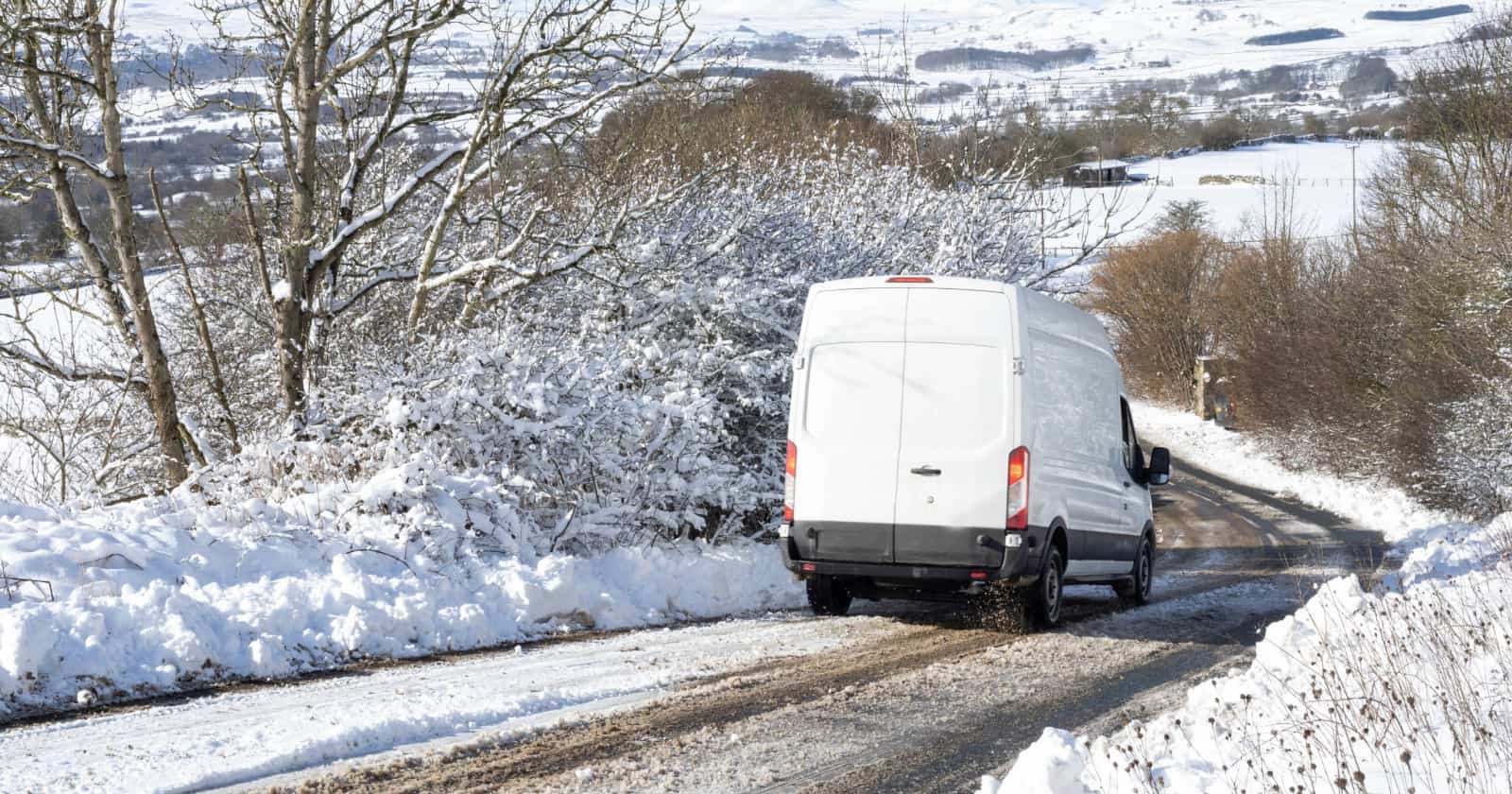How I Became Familiar With Red Flag Warnings
As a retired firefighter, I sometimes guiltily look back on the sheer adrenaline rush that came with the chance to gear up, climb into a firetruck with my team, and finally put my wildfire training to use. Now, no one wants any kind of destructive fire to happen. Perhaps much less a wildfire. However, the reality was that everyone in the truck would be quietly stoked when it was time to battle a wildfire. Normally, heading out in a firetruck to do a job you’re skilled at doing is nothing short of exhilarating. But the atmosphere in the truck was different when we were called out after the Weather Service issued a Red Flag Warning for our region.
When we had a wildfire call during a Red Flag warning, it meant we’d be fighting a fire that had a head start over all of our manpower, equipment, training, and skills. That’s because a Red Flag Warning meant that it was extremely hot, dry, and windy. Those are the perfect conditions for a fire to get out of control fast. Red Flag conditions could make a small bushfire grow into an unassailable monster with a single gust of wind. Lives could be quickly lost, and we all knew it.
Red Flag Warning VS Fire Weather Watch
The National Weather Service issues a Fire Weather Watch or Red Flag Warning when dry fuels, and hot, dry, windy weather combine to produce extremely hazardous fire conditions. While they’re issued for land and fire managers, they apply to everyone who uses the forests.
The National Weather Service defines criteria for both Fire Weather Watches and Red Flag Warnings by region according to things like the type of fuels, topography, and other factors. For example, the criteria in northern Illinois and northwest Indiana include:
- Sustained 20-foot winds of 20 mph or higher.
- Afternoon relative humidity less than 25%.
- 10-hour fuel moisture at 8% or less for one day.
The difference between a Fire Weather Watch and a Red Flag Warning is as follows: Officials issue a Fire Weather Watch up to 72 hours in advance when they expect hot, dry, windy conditions and low fuel moisture to coincide. They issue a Red Flag Warning when hot, dry, windy conditions and low fuel moisture are already happening or are expected within the next 24 hours.
Fire Weather Watch: An Early Alert
A Fire Weather Watch serves as an early alert that extreme fire weather conditions are on their way. During a Fire Weather Watch, people are advised to be prepared and stay vigilant, as conditions are likely to worsen soon. During a Fire Weather Watch, it’s a good idea to make sure you have a go bag prepared in case things get worse. The County of Sonoma has an excellent list of what should go in your go bag here.
“A Red Flag Warning means if a fire happens today, your firefighters are going to have a hard time controlling it, and you may need to take action,”
– Heath Hockenberry, National Fire Weather Program Manager at the National Weather Service.
Red Flag Warning: An Immanent Hazard
A Red Flag Warning indicates that conditions are or will be perfect for the ignition and rapid spread of wildfires within the next 24 hours. During a Red Flag Warning, the public is urged to:
- Get ready to leave the area
- Take immediate action to prevent the ignition of fires
- Be aware that any ongoing fires in the region now pose a significant threat
There are plenty of ways to find out about local Red Flag Warnings. The easiest way is to get an alert on your phone when there’s a Red Flag warning in your area. Here’s how to set up your cell phone to receive Red Flag Warnings
On an iPhone:
- Go to Settings>Notifications
- Scroll down to Government Alerts
- Turn notifications “on”
On an Android device:
- Go to Settings>Connections>Safety And Emergency>Wireless Emergency Alerts
- Turn on alerts
How To Find Out About Weather Warnings
Of course, if you don’t have cell signal coverage in your area, you won’t be able to get these alerts. However, there are other ways you can learn about Red Flag warnings in your region, wherever you might be. Remember, you have the responsibility to learn about weather warnings and prepare for them.
If you plan to travel to an area with spotty cell signal coverage, here’s what you should do:
- Use an NOAA Weather Radio receiver to receive broadcasts regarding Red Flag Warnings and other weather hazards. NOAA Weather Radio is a nationwide network of radio stations broadcasting continuous weather information directly from National Weather Service (NWS) offices across the country. Many NOAA Weather Radio receivers are battery-operated or hand-crank-operated, so they’ll work even when you don’t have AC power. Click here to find out more about NOAA weather radios.
- Always go online before you head out to an area. The National Weather Service website posts hourly weather forecasts and weather alerts for all regions. There is even a feature that allows you to define the region for which you want a forecast. Click here to find out more about NWS website features.
- Call the local fire department or regional US Forest Service office where you plan to travel. Local officials will have good knowledge of local fire weather conditions.
Red Flag Warning? Here’s What To Do
First of all, always avoid travel to areas where the NWS has issued a Red Flag Warning. That way, you can avoid risking your safety and being an added burden on emergency response teams in the area.
What You Should Do
- Review your wildfire pre-evacuation checklist Click here to get one.
- Be sure to keep your phone and any other necessary electronic devices charged
- Gather important documents and put them with your Go Kit
- Don’t smoke outdoors
- Never dispose of cigarette butts by tossing them from a moving vehicle.
- Don’t use tools outdoors that could spark and ignite vegetation.
- Don’t use lawnmowers or weed-whackers.
- Avoid riding motorized or non-motorized trail bikes on trails
- Don’t use charcoal, wood, or gas barbecues, fire pits, campfires, or camp stoves.
- Don’t use fireworks or do any target shooting
One of the best things about van life is that we can be fully mobile very quickly. When there’s an imminent fire hazard, it probably makes sense to pack up and leave the area for a safer location.
Conclusion
Red Flag warnings should be taken seriously. A Red Flag Warning means that weather and fuel conditions in an area have combined to create the perfect conditions for a rapidly spreading wildfire that could endanger lives and property.
It’s your responsibility to find out about fire weather warnings ahead of time, online, through cell phone alerts, or via an NOAA weather radio. In addition, if there’s a red flag warning, you should avoid the area entirely if possible. If a Red Flag Warning is issued for your area, avoid any activities that could cause a spark or start a fire.




